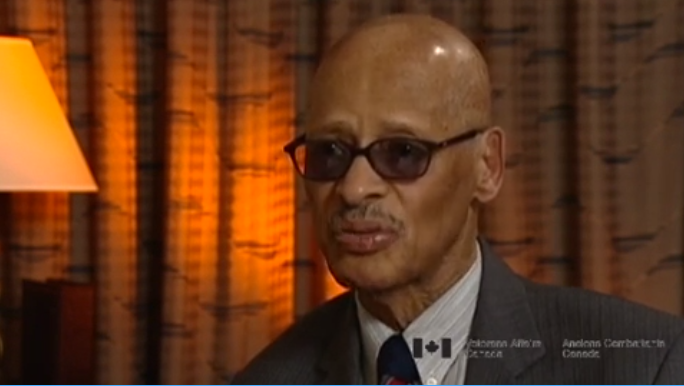Following Protocol
Heroes Remember
Following Protocol
Transcript
We were assigned to... to like to... radios that were installed
in the back of, not jeeps, but sort of like a jeepish type of
car and of course we had to learn the..., the morse, the code,
signal code, and also how to speak on the... on the telephone
or radios. There were certain words you had to say like this is
so and so calling, and you had to follow a protocol of how to
speak on the, on the radios besides learning the... signal code
and we also had to learn signals with lights and signals with
flags. You have two flags in different positions would signify
the letter a, or b, or c, different positions would...
that’s how you could, would know, that you know, it’s not the
same, same letter all the time. So different letters with
different positions of how you held your flags so on and so forth
Of course, naturally there would have to be through eyesight,
whereas with the signals, the signal code, you could just
listen to it and you’d pick it up by air.
Description
Mr. Husbands describes the training that was required to become an Army signalman.
Lloyd Husbands
Lloyd Husbands, one of nine children, was born in Montreal, Quebec. He worked in an asbestos shop to help support his family, and admits that constant irritation from the asbestos led him to enlist in 1942. After basic training, Mr. Husbands became a telegrapher and took advanced training at Kingston, Ontario. He served in post D-Day France and Belgium as a signalman. After the war, Mr. Husbands joined the CNR, his career lasting thirty-eight years.
Meta Data
- Medium:
- Video
- Owner:
- Veterans Affairs Canada
- Duration:
- 1:46
- Person Interviewed:
- Lloyd Husbands
- War, Conflict or Mission:
- Second World War
- Branch:
- Army
- Occupation:
- Signalman
Related Videos
- Date modified:





